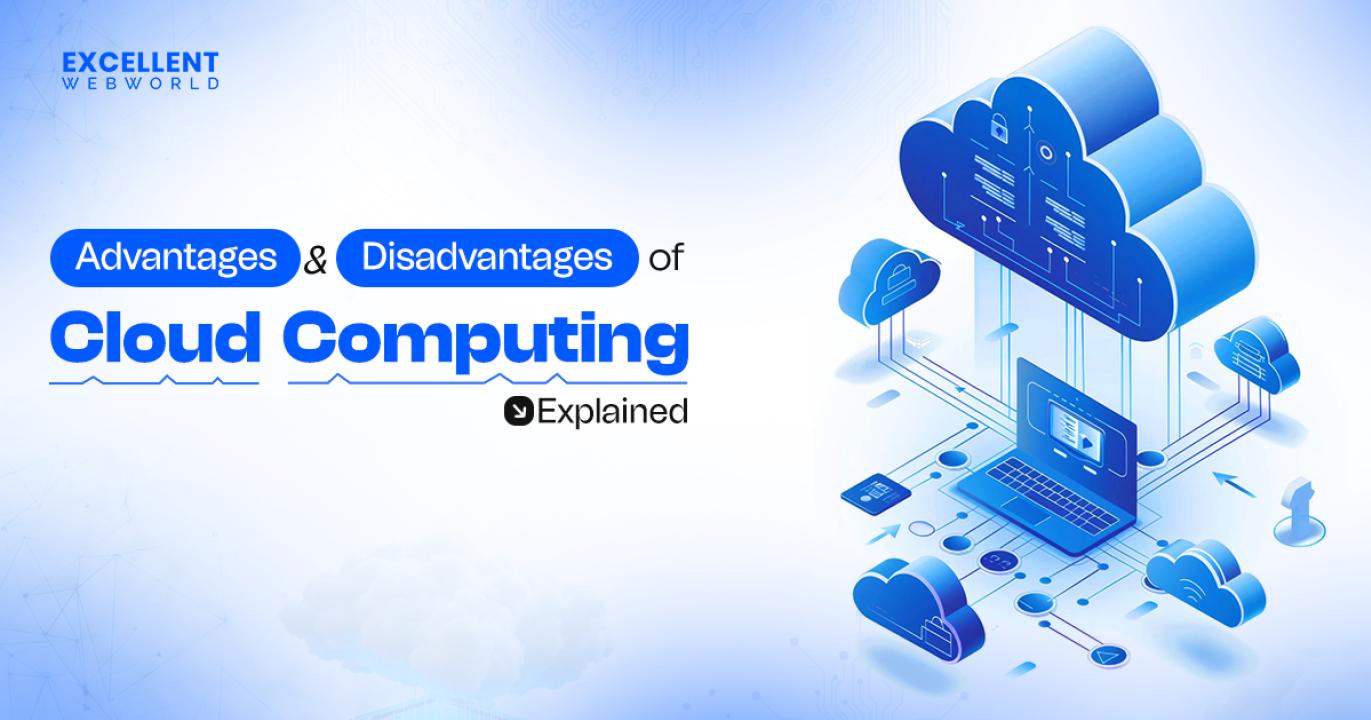Introduction
Cloud computing has become the backbone of digital transformation for businesses worldwide. From startups to multinational corporations, organizations leverage the cloud for scalability, cost efficiency, and innovation. A study by Gartner predicts that global cloud spending will exceed $679 billion by 2025, underscoring its rapid adoption. But how exactly is cloud computing reshaping the business landscape? This article explores its impact, benefits, challenges, and future trends.
The Impact of Cloud Computing on Businesses
1. Enhanced Scalability and Flexibility
Traditional IT infrastructure requires significant capital investment and maintenance. With cloud computing, businesses can scale resources up or down on demand. Companies like Netflix leverage cloud services to handle traffic spikes efficiently, ensuring seamless user experience without over-investing in hardware.
2. Cost Reduction and Operational Efficiency
Cloud computing operates on a pay-as-you-go model, reducing upfront costs for businesses. A report by McKinsey highlights that cloud adoption can cut IT costs by up to 30%. Enterprises no longer need to maintain expensive data centers, as providers like Amazon Web Services (AWS), Microsoft Azure, and Google Cloud manage infrastructure efficiently.
3. Improved Collaboration and Remote Work
With cloud-based collaboration tools like Google Workspace and Microsoft Teams, employees can work remotely with real-time access to files. According to Statista, over 50% of businesses have adopted cloud services to support remote work since 2020, improving productivity and global connectivity.
4. Enhanced Data Security and Compliance
While cybersecurity remains a concern, leading cloud providers offer advanced security measures like encryption, multi-factor authentication, and AI-driven threat detection. Industries such as healthcare and finance rely on HIPAA-compliant and PCI-DSS-certified cloud solutions to safeguard sensitive data.
5. AI and Big Data Integration
Cloud computing enables businesses to harness Artificial Intelligence (AI) and Big Data analytics. Companies like Tesla and Uber use cloud-based AI models for autonomous driving and dynamic pricing. This technology allows businesses to extract valuable insights, optimize decision-making, and enhance customer experiences.
Challenges of Cloud Computing in Business
While cloud computing offers numerous advantages, it also presents challenges that businesses must navigate. For a comprehensive understanding, explore the Advantages and Disadvantages of Cloud Computing.
1. Security Risks and Data Breaches
Despite stringent security protocols, cyber threats remain a concern. IBM’s Cost of a Data Breach Report (2023) states that the average cost of a cloud-based breach is $4.45 million.
2. Downtime and Reliability Issues
Cloud outages can disrupt business operations. For instance, an AWS outage in 2021 affected major platforms like Netflix and Slack, demonstrating the risks of over-dependence on a single provider.
3. Compliance and Legal Challenges
Businesses operating across multiple regions must navigate data sovereignty laws, such as GDPR (Europe) and CCPA (California), which regulate data storage and transfer.
Future Trends in Cloud Computing for Businesses
1. Edge Computing for Faster Data Processing
By processing data closer to the source, edge computing reduces latency and enhances real-time analytics, benefiting industries like IoT, healthcare, and manufacturing.
2. Hybrid and Multi-Cloud Strategies
Many businesses are adopting hybrid cloud models, combining public and private cloud solutions to optimize security, cost, and performance.
3. AI-Powered Cloud Services
With AI-driven automation, cloud platforms are enhancing cybersecurity, data management, and predictive analytics, shaping the next phase of business innovation.
Conclusion
Cloud computing is revolutionizing modern businesses, offering unparalleled scalability, efficiency, and innovation. While challenges exist, strategic adoption and robust security measures can mitigate risks. To gain deeper insights into its strengths and limitations, explore the Advantages and Disadvantages of Cloud Computing. As the technology evolves, companies that embrace the cloud will remain agile, competitive, and future-ready.










